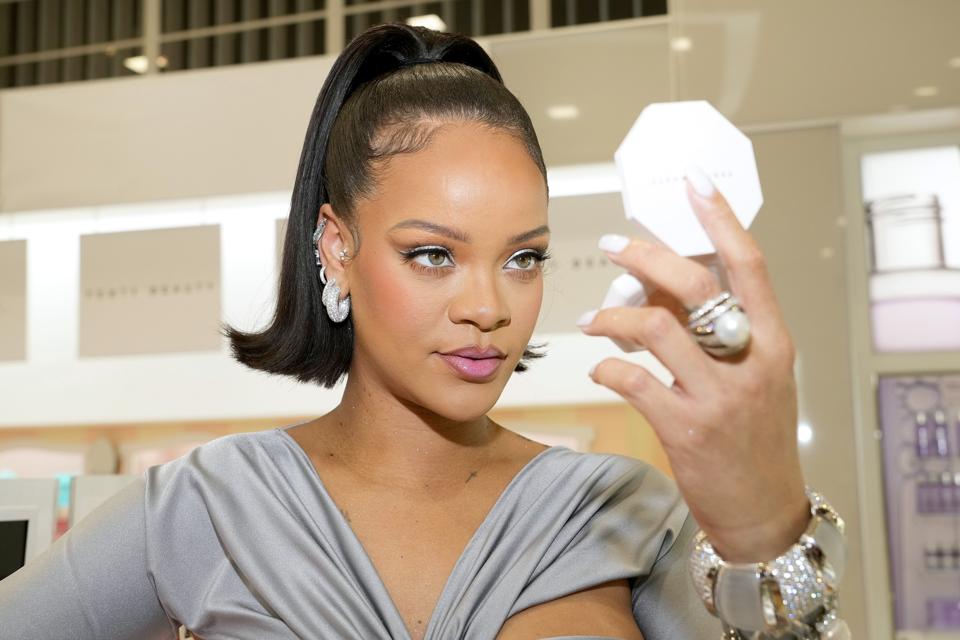Vogue recently produced an ode to the iconic movie Hairspray featuring model Gigi Hadid. The problem many fans found with the video tribute, was that it didn’t feature any plus-sized people, whom are a core part of the film.
Fans of the movie were outraged, and let Vogue know they did not appreciate their erasure of plus-sized people.
Years ago, cheesesteak shop Geno’s Steaks in Philadelphia received a lot of backlash when the owner posted a sign that said, “This is America. When ordering, please speak English.”
And a few years ago, the Supreme Court ruled that a bakery in Denver could not be forced to create a wedding cake for an gay wedding.
In each of these cases, and many more that we hear about in the news (and even more that we don’t), brands are engaging with the number one rule of inclusive marketing. That rule is all about the power to choose who they want to serve.
Brands and the leaders who run them, get to choose which identities they want see, support, and make feel like they belong.
The challenge is, morally from a consumer standpoint, when it feels like brands take active choices to exclude certain people, it can be hurtful. Most people don’t want to be excluded.
But short of the Americans With Disabilities Act and the Civil Rights Act of 1964, there aren’t really laws that dictate what brands choose and choose not to do with regard to who they serve.
Because of that, brands don’t have to support Pride, don’t need to offer larger sizes, and don’t even need to put people of color in their promotions or on their teams.
Inclusive marketing isn’t a requirement or a mandate, and it doesn’t look like that will change in the near future.
However, inclusive marketing is just good marketing. Based upon data, trends in the population, and consumer expectations, inclusive marketing is the future of marketing.
No one is going to force a brand to engage in inclusive marketing.
That’s why as a society, there is still a representation problem in media and marketing. It’s why there are many consumers with underserved identities that struggle to get their needs met.
Consumer Response To Inclusive Marketing
But it does make smart business sense for brands to get on board with it.
Back in 2017 when Fenty Beauty launched with 40 shades of makeup to accomodate people of different complexions, consumers proved with their wallets that this type of inclusion is what they wanted. No one forced other makeup brands to follow suit with making more shades available, but the industry largely did it because they saw that serving more consumers was needed to grow and stay relevant.
In addition, consumers are increasingly exercising their power to choose.
Research shows that 82% of consumers want to buy from brands who share their values. Data also shows consumers are actively making choices to stop buying from brands who don’t share their values.
Inclusion is an important value for many consumers both for them, and for others who are part of underrepresented and underserved communitites.
Research shows that 81% of consumers want to buy from brands who share their values. And data shows consumers are also are actively making choices to stop buying from brands who don’t share their values.
Inclusion is an important value for many consumers both for them, and for others who are part of underrepresented and underserved communitites.
For instance, over the past two years, retailer Target has been under fire from consumers. It started in 2023 when the brand decided to scale back some of its Pride merchandise in response to angry (and sometimes threatening) reactions from consumers. And since early 2025, Target has been on the receiving end of consumer boycotts in response to the brand rolling back some of its commitments to diversity, equity, and inclusion.
Target recently announced first quarter sales were down, and are anticipating sales will be down for the year. They’ve attributed consumer boycotts based upon their policies as a contributor to declining sales.
Every day consumers, particularly those from underrepresented and underserved communities are choosing to spend their money with the brands who are being intentional about serving them.
I follow a gluten-free diet for health reasons. Any time I go out to eat with friends and family, we always choose a restaurant that has a gluten-friendly menu. That often means we go to the same restaurants over and over again. We are loyal to the brands that choose and are loyal to us.
No matter your reason, know that choosing to engage in inclusive marketing or not will garner a response from consumers. Choosing not to engage in inclusive marketing is a choice brands have the right to make. Brands also need to be prepared for groups of consumers to proactively choose to spend their money elsewhere as a result.

